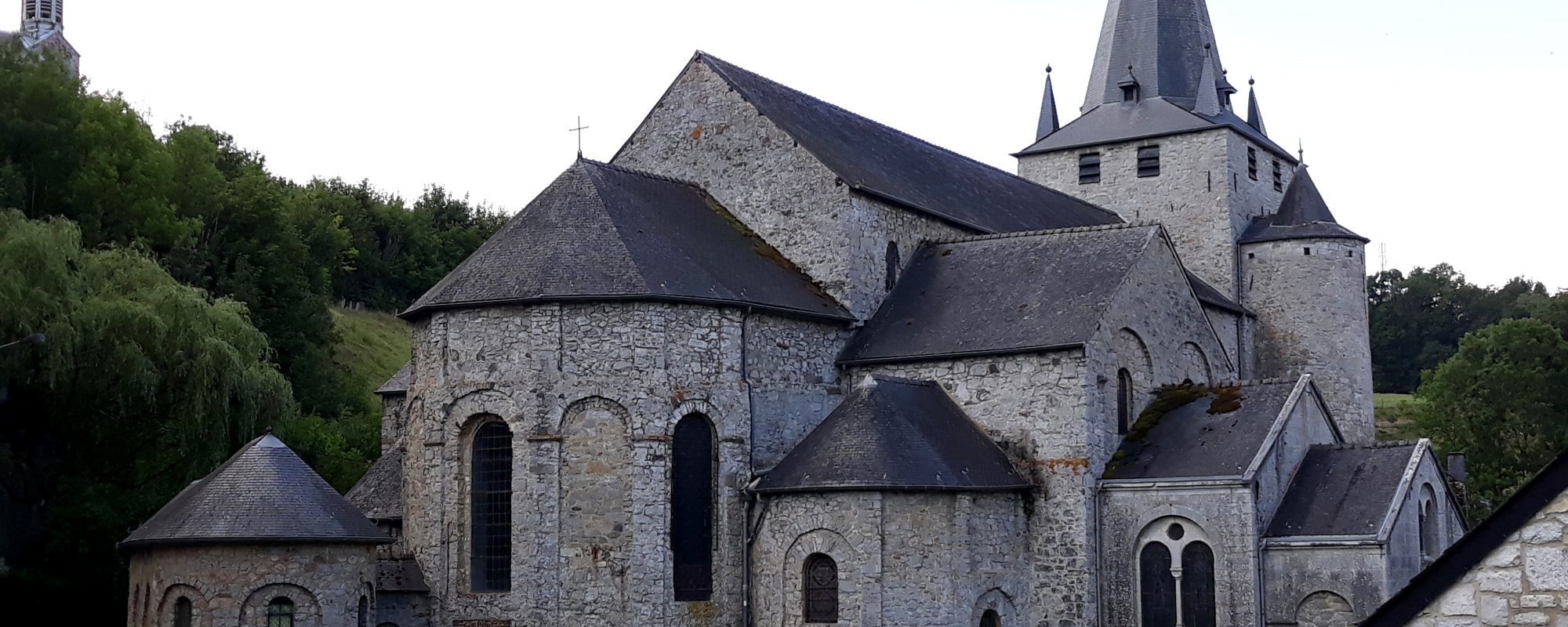
A pivotal part of historical community life, discover the religious heritage that unites our Beautiful Villages.
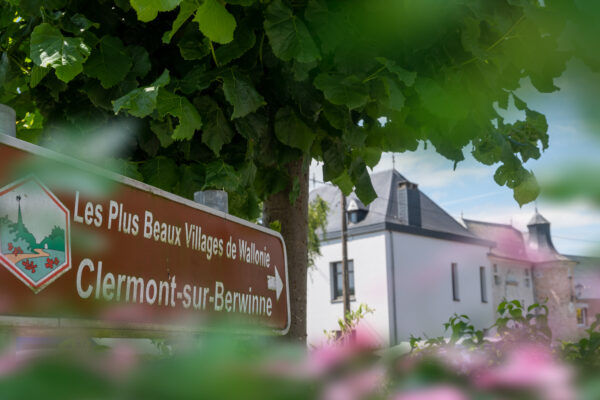
Fondée en 1216 par des moines cisterciens, l’abbaye Notre-Dame du Val-Dieu est un havre de paix au cœur du Pays de Herve. Elle se situe au centre du triangle Liège-Maastricht-Aix-la-Chapelle.
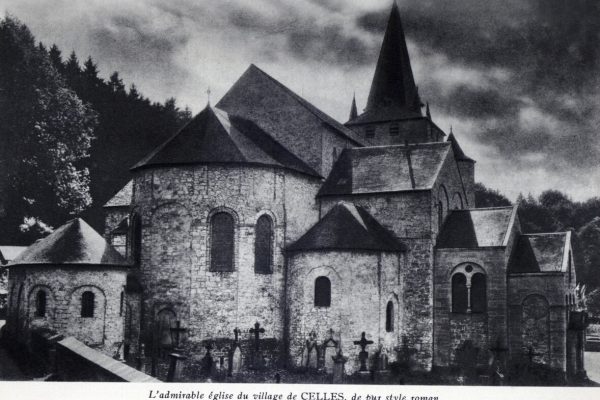
Since the 11th century, the collegiate church has displayed its cascading limestone volumes in the heart of the village of Celles - an exceptional heritage of Wallonia.

With its back to the Place de la Halle, the silhouette of Saint-Jacques-le-Majeur church dominates the town and the countryside below
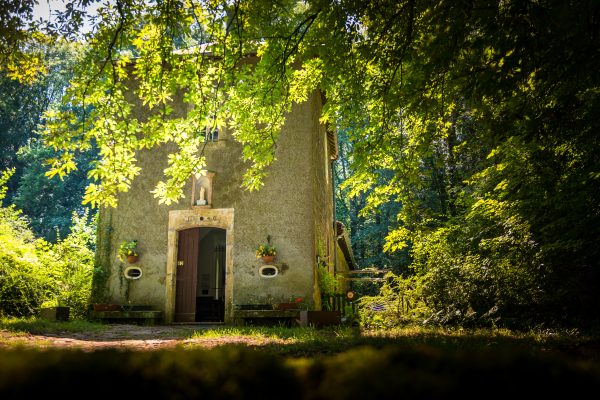
A chapel built in the aftermath of the plague epidemic of 1636 - Listed monument.
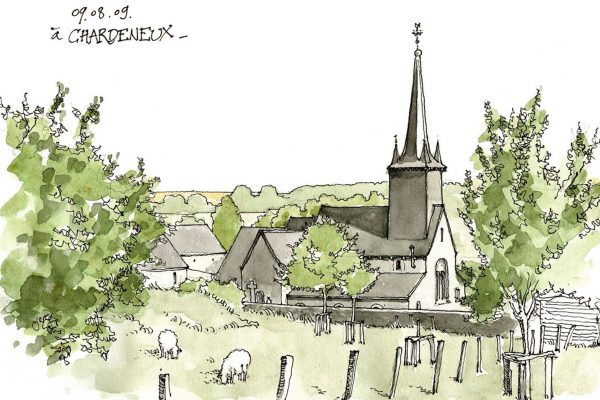
From its square, open to the landscape, the traditional buildings of the village flow out - Listed monument.

A former vicarage dating from 1729, with an elegant volume skilfully enlivened by details in Gobertange stone.

From the top of its rocky spur overlooking a meander of the Vesdre, the silhouette of Saint-Georges church looks proud and dominates the locality - listed monument - Exceptional heritage of Wallonia
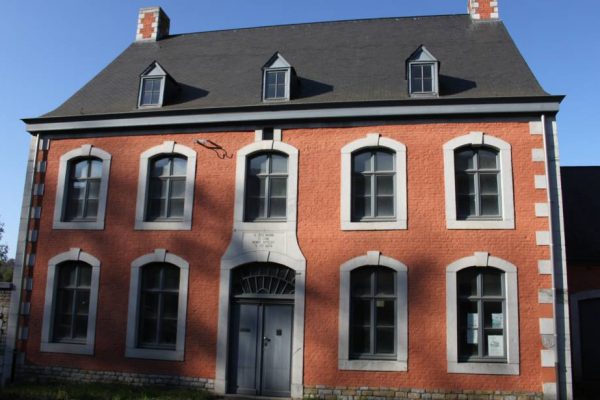
Vintage "1765", an imposing building to display power and wealth - Listed monument.
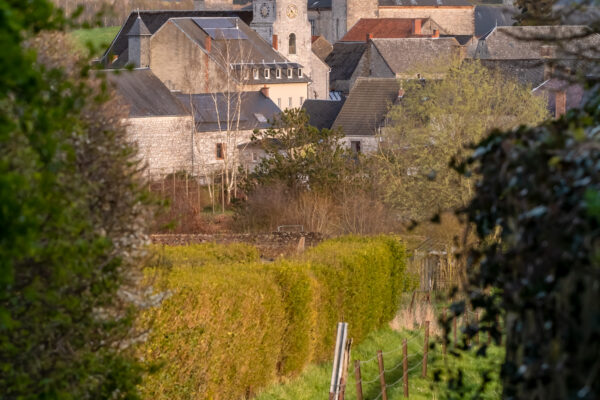
Située au cœur du village, l’église dédiée à saint Léger et édifiée en pierre calcaire a connu, au cours du temps, de nombreuses modifications.
The association Les Plus Beaux Villages de Wallonie (The Most Beautiful Villages of Wallonia) oversees a network of 32 villages, bearers of a strong territorial identity and reflecting traditional architecture. It is committed to promoting the rural, cultural and natural heritage of Wallonia and is a part of the development of local and responsible tourism.
More information